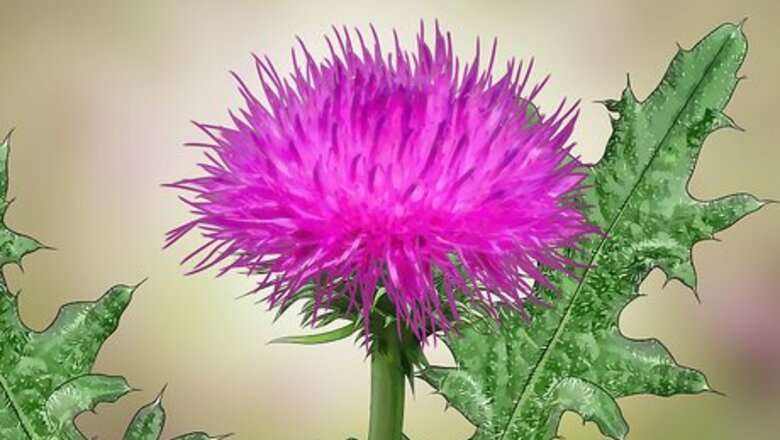
views
Properly identifying the species of thistle you're dealing with
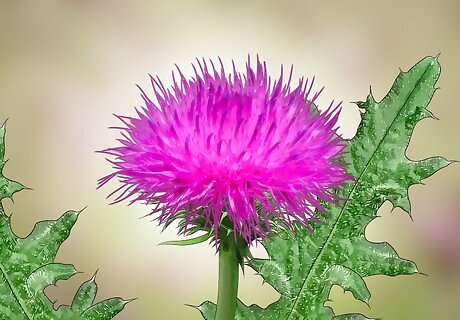
Know what makes a plant a thistle. A thistle is a garden weed that has leaves that really look like a hybrid between a lettuce in a cactus. Many species do have a furry down that gives the plant a frosty appearance and many of the ones that are aggressive weeds have purple to pink button shape flowers that do in a way resemble large dandelions only purple. Also like dandelions, after the flowers are pollinated and die they turn into a fluffy head which the wind blows and spreads the seeds around. Most of these plants are winter annuals or cold season biennials that germinate (sprout) after a good autumn rain and form rosette or clump of leaves that survive the over winter. Often the gardener will see baby thistles in the garden even following a big snowfall after the snow melts.
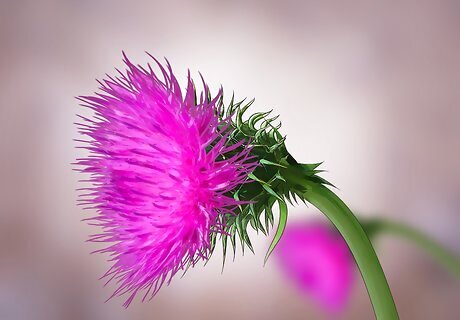
Lean how to identify the Carduus group. The plants of this group are more delicate looking compared to the other other thistles with small flowers that resemble porcupines in tight clusters on the tip of the stems. These species also don't have the white fuzz over the plant like the other groups. This group is annual or biennial. Nodding Thistle. Carduus nutans is a biennial meaning it produces a rosette of leaves 1 to 3 feet the first year and flowers than dies the second year after it sets seeds. The stems in full bloom do indeed droop or nod down due to the weight of the large flowers. Spiny plumeless thistle. Carduus acanthoides flowers have distinctive pineapple shape. Curly plumeless thistle. Carduus crispus is the baby of the group staying low to the ground with fine leaves and flowers.
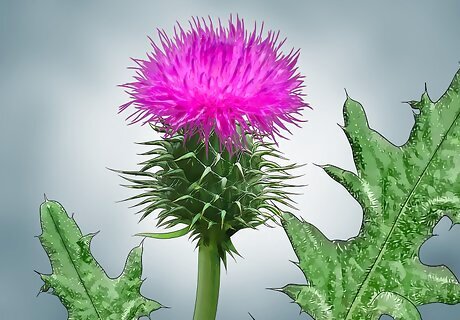
Know that the Onopordum group also known as Cotton thistles grow into giants quickly! These species can reach over 2 feet easily.There are two main species of this group gardeners encounter as weeds. These thistles have large leaves covered in silvery fuzz and flowers that are really several large flowers in one clump at the top the the stem. The two listed species can also hybridize with each other and are biennials or short lived perennials. These plants are very tough and stubborn. In some areas Cotton Thistles have turned into spiky impenetrable stands. Onopordum tauricum or Bull Thistle gets it's name for it's fast growth rate! The species has flowers that are more disk shaped and not narrow or vase-shaped. Onopordum acanthium called the Cotton Thistle is another giant that has more wider leaves than the bull thistle and flowers are more ball shaped.
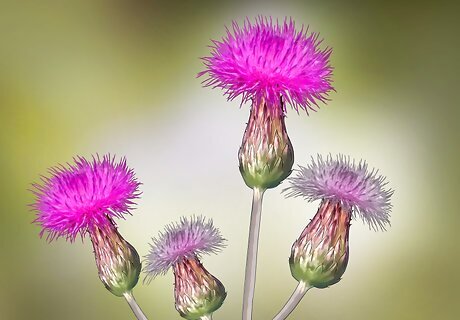
Recognize Cirsium species from the other species by the flower cluster being loosely clustered and this give flowers the look of a cluster of fireworks. Also these have a tendency to be more perennial and live several years in the landscape if not controlled. Cirsium arvense Canada thistle is perennial and this plant has a lot of names for it. This plant comes from Europe and is not native to Canada. The plant produces a flat leaf shaped like a skinny oak leaf and covered with the spines of the many thistle species although not so obvious and grey. Cirsium palustre or Marsh thistle doesn't grow as fast as Canada thistle but it too can form dense colonies if not controlled. This species can be identified by it's flowers being long and finger shaped and not sphere shaped. Cirsium vulgare or Spear Thistle is the national flower of Scotland it's used in a lot of Scottish designs and is seen as an ornament on many books.However in America and in some other countries it's a weed problem. This species unlike the other two Cirsium mentioned in this articles have a small purple tuft while others are more puffed out. To add confusion this can also be called bull thistle or Scotch Thistle. Notice that there are other species of Cirsium that are native wildflowers to North American that don't grow as vigorously as the species listed above. Some of them such as Cirsium occidentale venustum or the Venus Thistle also can make very unique ornamental plants for a bird and butterfly garden. This silvery thistle plant native to SW United States has stunning red flowers.
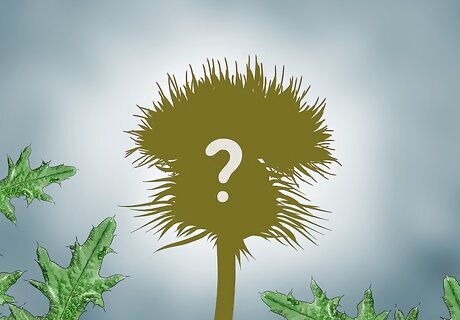
Realize that there a lot of other weed plants related to thistles that are omitted from this article. The species listed are the main weed pest gardeners have to deal with. You can treat get rid of these species using the same techniques as for the other thistle weeds. Other thistle plants are ornamental like Globe Thistles (Echinops), or used in herbal medicines like (Silybum) milk thistle. In some countries thistles while young are eaten as food like carrots and cardoon/artichokes (Cynara cardunculus) are also thistles.
Getting Rid of the Biennial or Annual Thistles
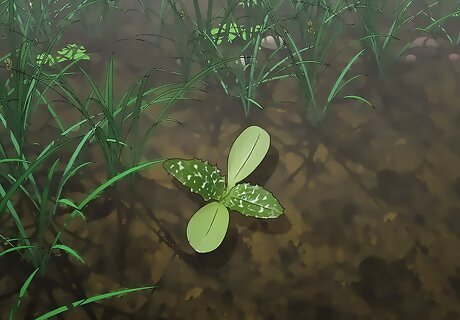
Try to spot thistle seedlings early as possible. At this stage it's easy to pull the baby thistle plants before they mature into spiky grown-ups. Even at this young stage of growth the weed seedlings do possess prickles so wear gloves.
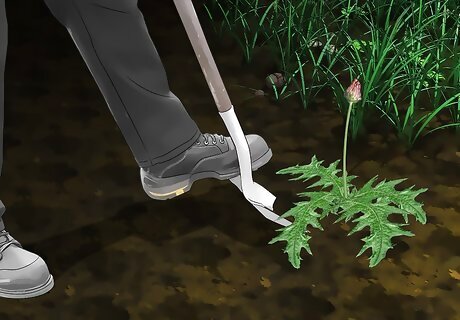
If the thistle is mature dig the plant up before it flowers and the flowers set seeds. Make sure you use good garden gloves as the bristles are sharp. When the thistle is sighted cut the flowering stem to the ground and do not put it in the compost pile as the plant may have hidden seeds which could infect the compost. Dig the long root deeply as you can. The root only lives one to three years provided there is no second stem with leaves that could regrow. The plant roots in the soil will die.
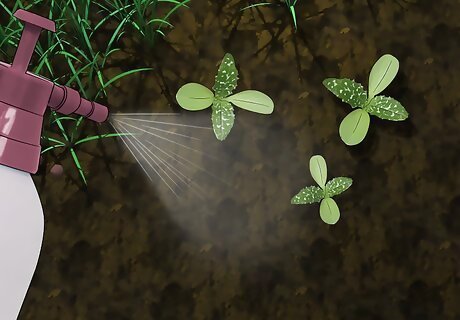
Use herbicides on young plants only. The herbicide may or may not work on older plants as they are at times very resistant to herbicide chemicals. Glyphosate is shown to work with bull thistle effectively but also kills surrounding plants as well. For annual thistle plants in areas close to desired plants use a selective herbicide that only works on weeds such as thistle. Make note however many herbicides work on growing plants and not seeds.
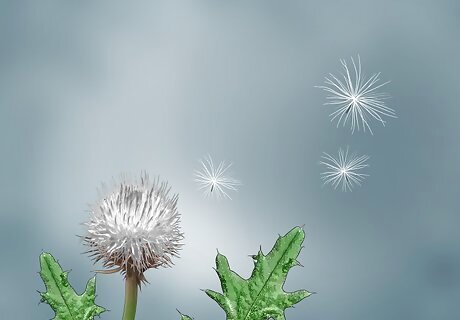
Know how Cotton thistles are very adaptable. Seeds mostly can lie dormant (sleep) in the ground for twenty years or more, their seeds can germinate at anytime of the year and sprout unexpectedly surprising a gardener. In some states in the US the bull thistle has created thorny dense stands that go one for miles.
Getting Rid of the Canada Thistle
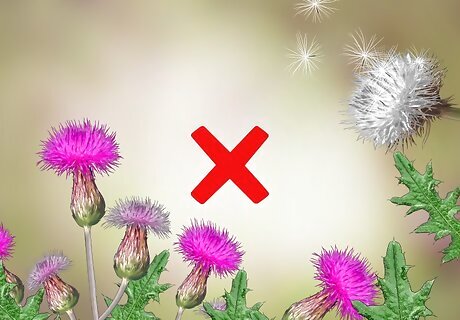
Prevent the plants from flowering and setting seeds. When you see the plants growing starting early spring and seedlings popping up mow the plant to the ground. If this continued over the years the repeated mowing will wear the plant out as thistles are not really long lived plants. Throw these clippings into the trash not into your compost because roots and pieces of plant along with seeds can sprout to new thistle plants.
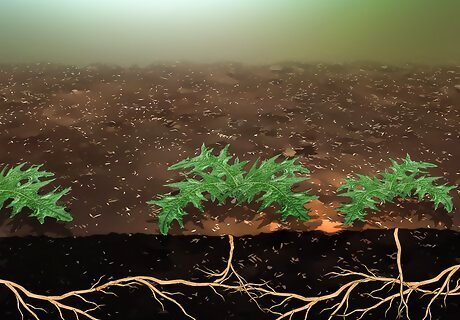
Avoid breaking the roots and leaving pieces of root in the soil. If you leave pieces of broken roots of Canada Thistle or break the runners or rhizomes which are creeping roots near the surface these will grow into new plants! If you are digging Canada Thistles roots pick up all the pieces thoroughly. Don't put these pieces of root into compost.
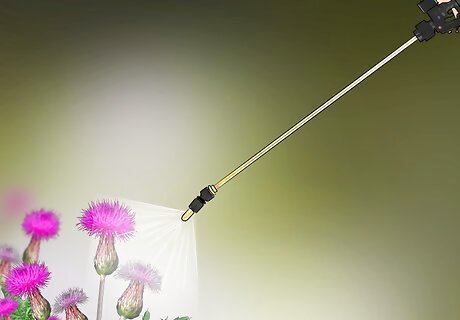
Apply herbicides to the Canada Thistle Plants. Read the label to make sure the herbicide is approved for this species. If you are treating an entire area for a new garden you can use what is called an all green killer. If you are getting a weed out of a garden with desired plants use precautions making sure to get a special weed killer that doesn't kill the desired plants or keep the pesticides from drifting onto neighboring plants.
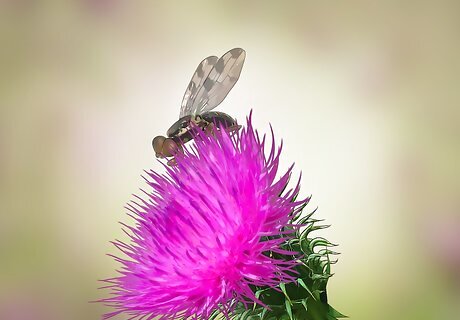
Try some or biological control to kill the Canada Thistles. This is a good idea if you are into organic gardening, your weeds are in a vegetable garden, you have kids or pets or you or someone in the home is allergic to pesticides. Orellia ruficauda feeds on Canada thistle and has been reported to be the most effective biological control agent for that plant.Its larvae parasitize the seed heads, feeding solely upon fertile seed heads. The rust species Puccinia obtegens and Puccinia punctiformis are fungi that kill thistle plants. Aceria anthocoptes a microscopic mite also eats and kills Canada thistle. The other perennial species are controlled in the same way and are easier because they are not so vigorous as Canada Thistle. Use similar procedures listed for the Canada thistle.
Keeping Thistles Out of the Garden
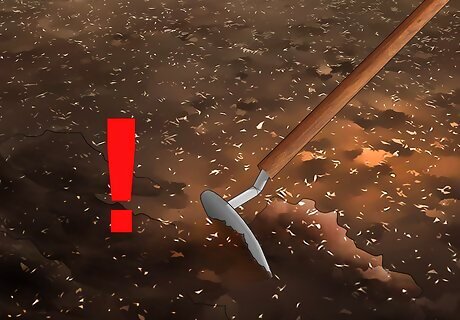
Avoid disturbing the garden soil deeply. Rather digging a new garden or digging up plants from the garden try to disturb the soil deeper than necessary. Sleeping thistle and other weed seeds will be brought up to the surface of the soil and this will help them wake up and start growing. Remember the thistle seeds under the ground are waiting to sprout under the soil.
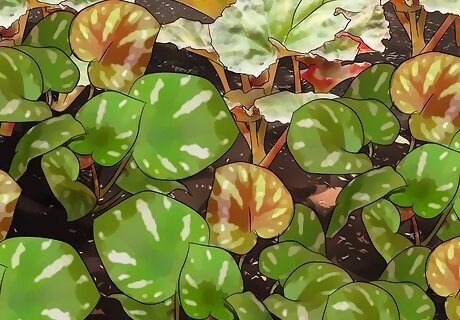
Plant your plants in the garden closer together if possible and consider underplanting. Planting your plants closer together will limit sunlight from hitting the soil surface which will keep thistles and other weeds from growing. Planting lower height plants like a blanket under taller leggy plants will look better than just plain soil as well. Make sure your plants aren't going to get mildew or mold disease from such plantings.
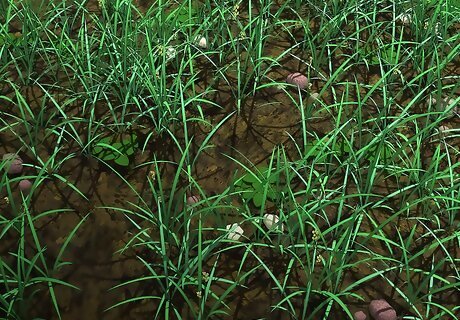
Try not to leave your soil naked. If you're not planting the garden into it right away cover it with a thick plastic to block sunlight from causing weeds to sprout. On new planted soils use mulch or be prepared for spotting and pulling thistles out promptly. Consider also planting a cover crop like annual rye to help limit the amount of weed seedlings in the following season.
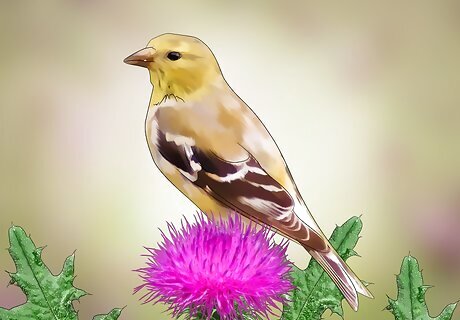
Know that birds such as goldfinches eat thistle seeds and spread them naturally. Niger seeds is sometimes called thistle or black thistle. This important ingredient in many bird foods made for feeding small finches however is not a thistle but an African daisy species.















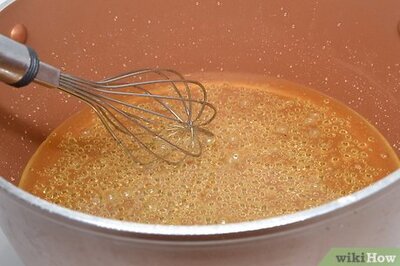




Comments
0 comment